Real Skills. Real Growth.
For the Real World.
15 minutes a day. Real-world skills. Tools you'll trust—and they'll love.
Try Bloomster Free for 14 Days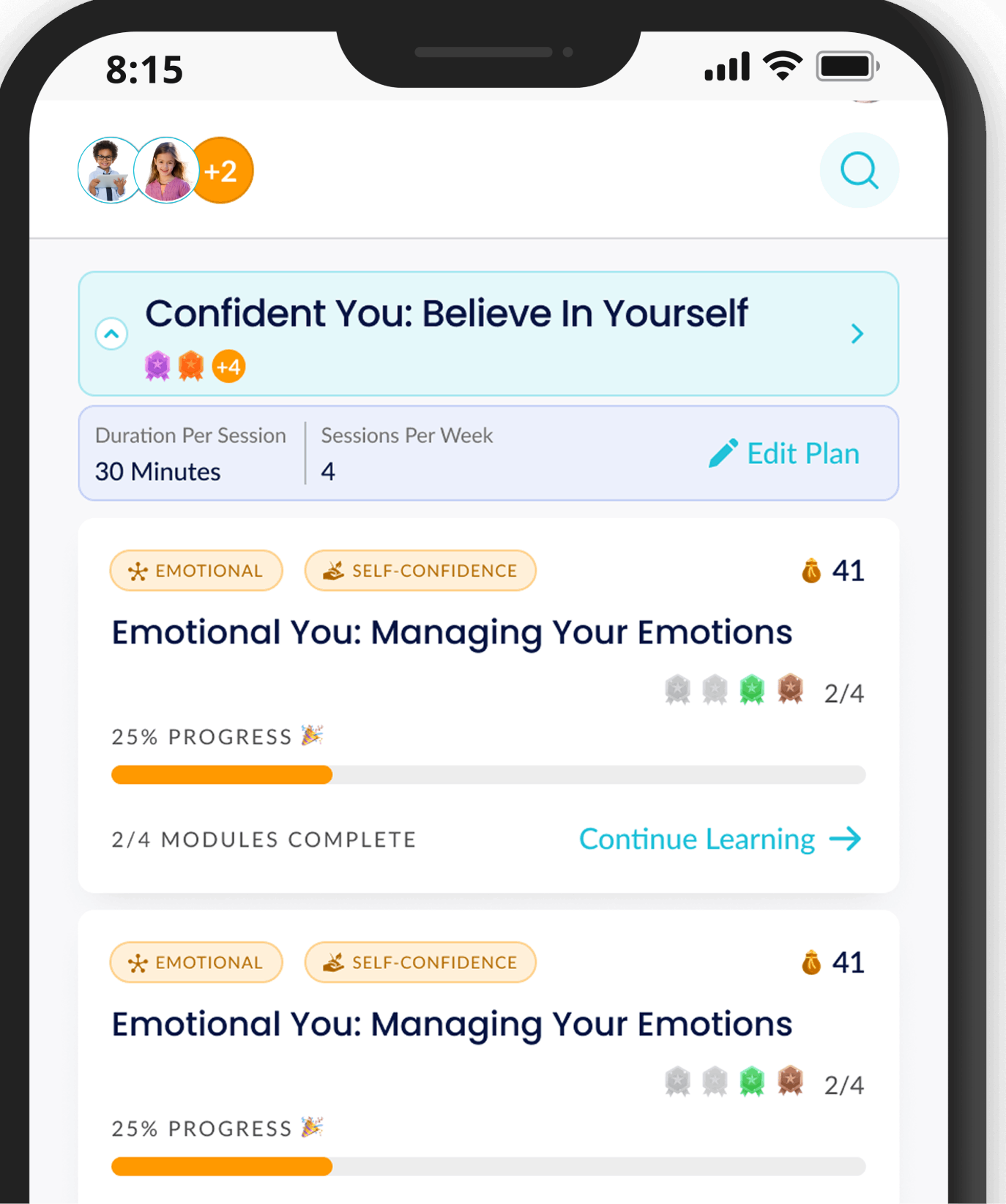
Stay Close to Their Growth—Without Hovering
Bloomster keeps you in the loop with clear insights and real progress you can see.
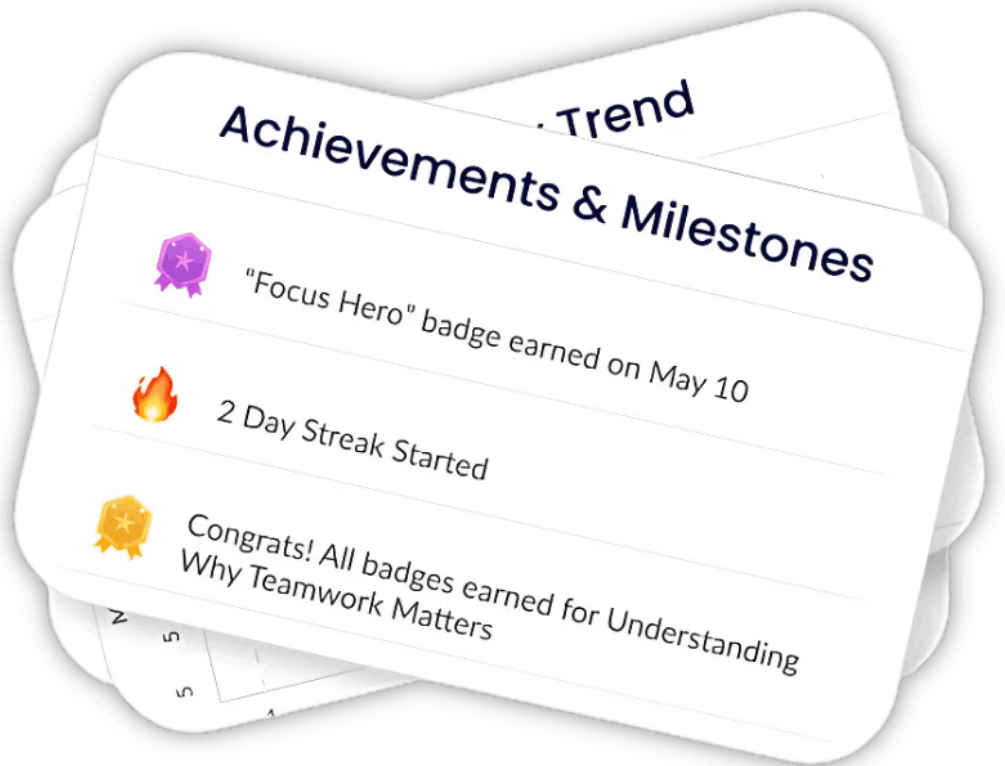
Built for Families
Simple steps. Daily wins. Long-term growth
01 Choose A Growth Area
Choose a growth area: confidence, mindfulness, focus, or friendship.
02 Complete A Session
Your child completes a 10-minute interactive session each step.
03 Track Progress
Track their growth through progress dashboards.
04 Earn Rewards
They earn rewards, feel stronger, and thrive emotionally.
Skills That Shape Who
They Become
Five dimensions that build emotional intelligence
and everyday confidence
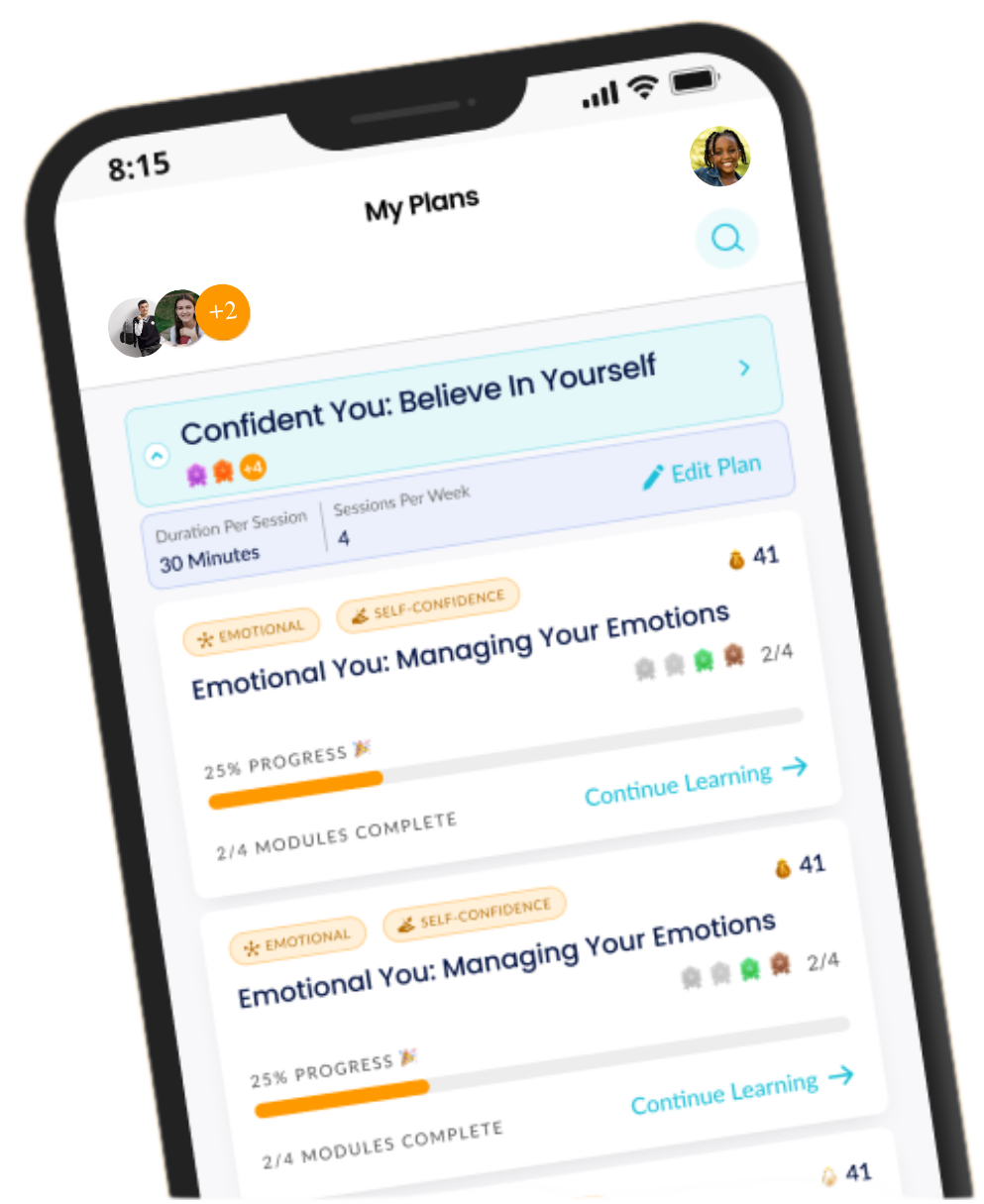
Developing Decision-Making, Listening, And Relationship Skills
Build communication skills to form friendships and navigate social situations.
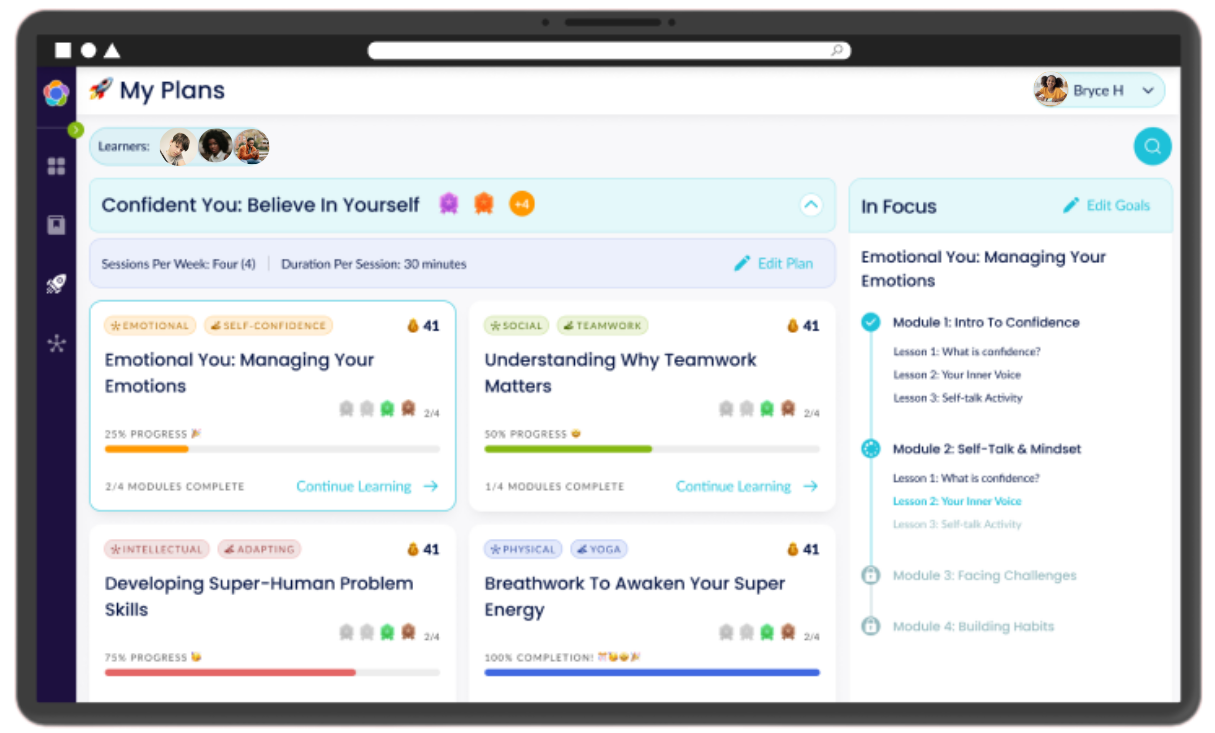
Boosting Confidence and Awareness
Manage emotions, grow confidence, and stay composed.
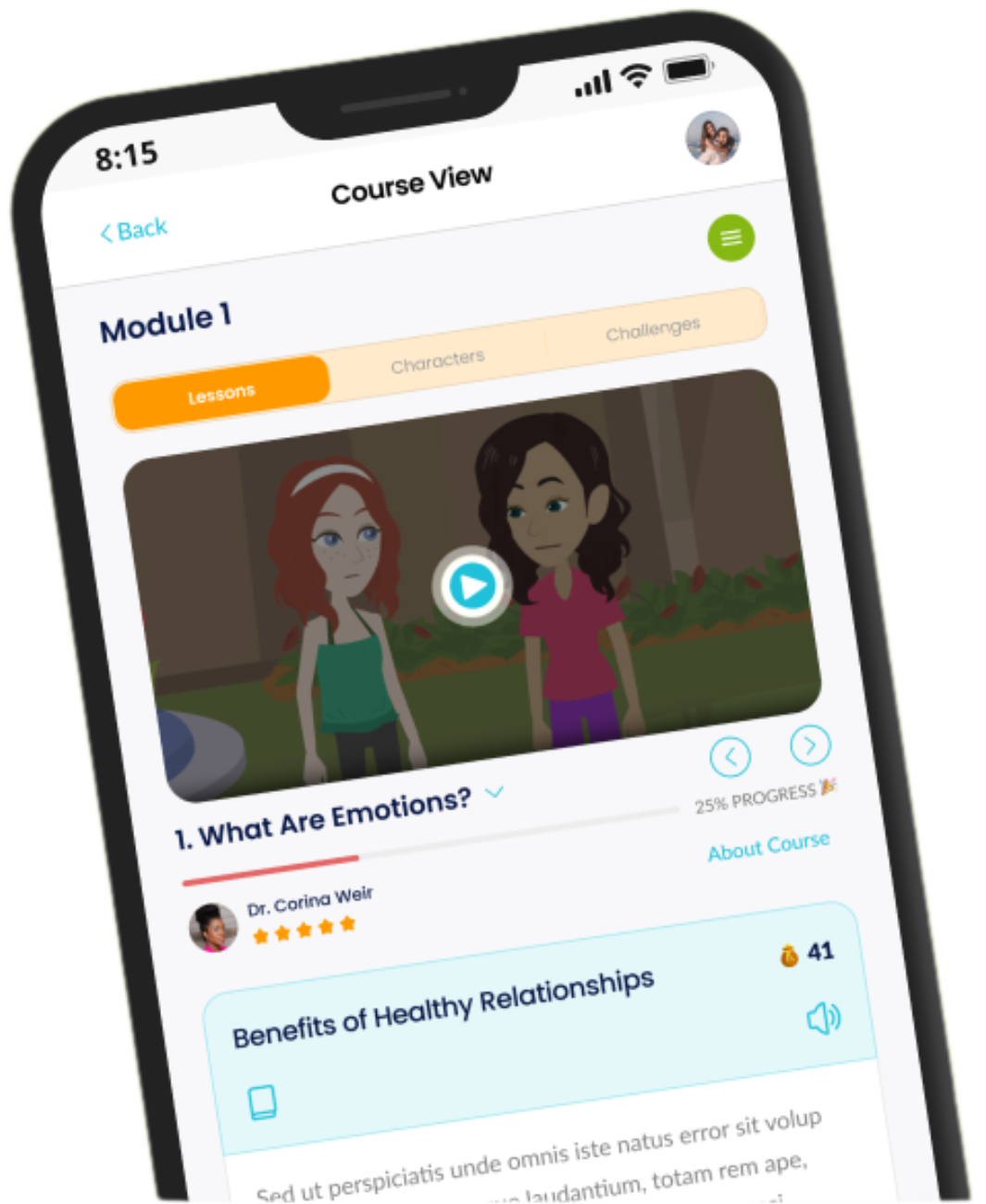
Critical Thinking, Creativity, and Problem-Solving
Boost creativity, critical thinking, and problem-solving.
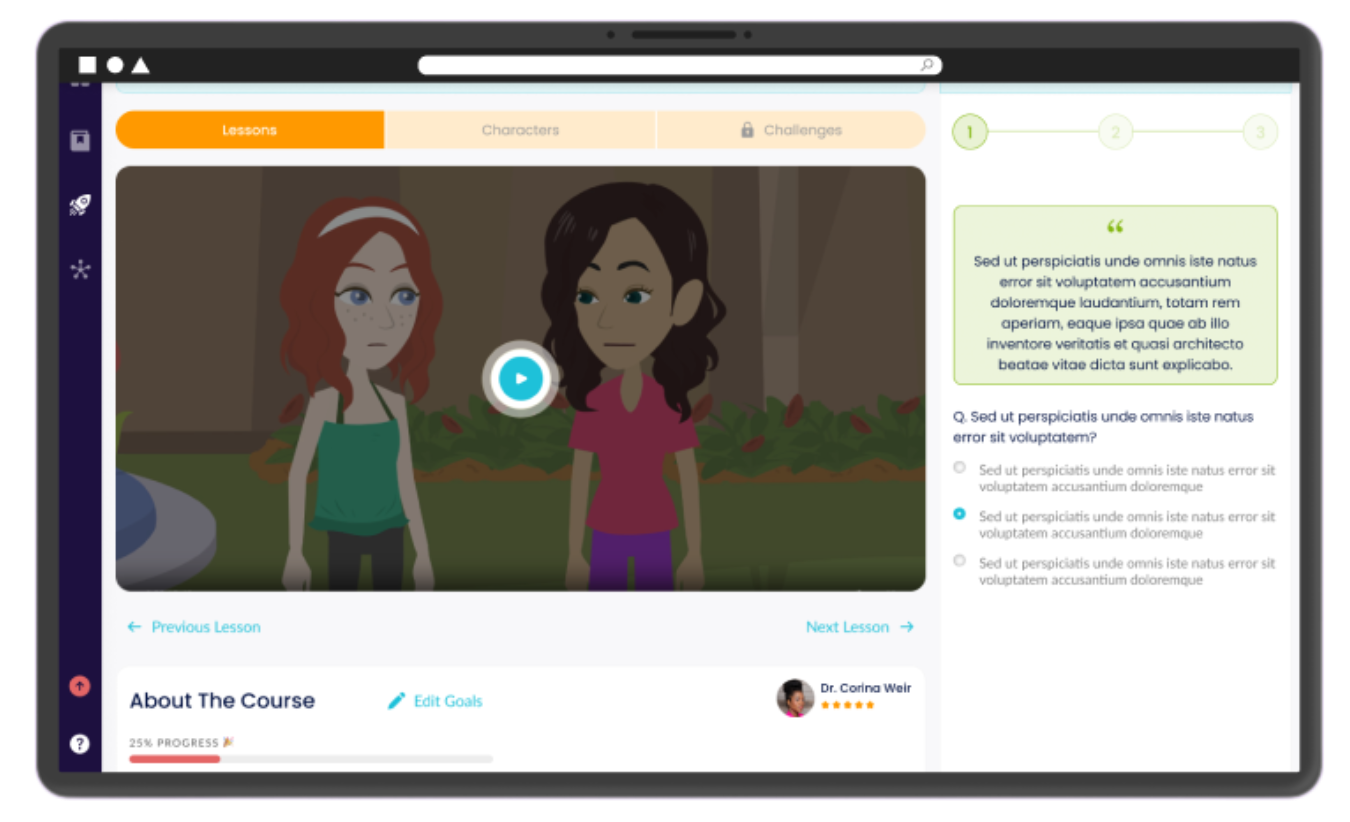
Calm and Clarity in the Moment
Stay calm, focused, and balanced every day.
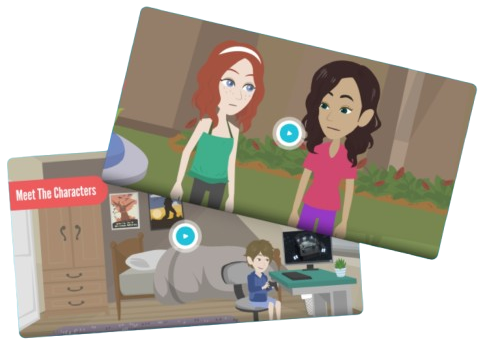
Focus and Productivity Through Fun
Adopt healthy habits, increase energy, and build discipline.

Simple, Flexible Pricing for Every Family
Choose the plan that fits your family's needs.
All plans come with a 14-day free trial—no commitment, cancel anytime.
Included Benefits:
 14-day free trial
14-day free trial  Unlimited access to all content
Unlimited access to all content Access for one (1) child
Access for one (1) child
Included Benefits:
 14-day free trial
14-day free trial  Unlimited access to all content
Unlimited access to all content Access for two (2) or more children
Access for two (2) or more children
Included Benefits:
 14-day free trial
14-day free trial  Unlimited access to all content
Unlimited access to all content Access for one (1) child
Access for one (1) child
Included Benefits:
 14-day free trial
14-day free trial  Unlimited access to all content
Unlimited access to all content Access for two (2) or more children
Access for two (2) or more children

Tag Along On The Journey,
With Several Others
Sample Lesson Preview 
Making Responsible Choices
Qualities of Responsible Decision-Making
Qualities of Decision-Making
Being responsible means we act with reflection rather than impulsiveness. Responsible decision-making requires us to pause and think carefully.
It’s crucial to analyze our options by considering the personal consequences and how they will affect others. We need to keep our values in mind throughout the process to guide our choices.
A responsible decision involves choosing an option that considers not only our immediate desires but also the long-term effects on ourselves and others. It requires us to think ahead and weigh the pros and cons before acting.
For example, a responsible approach if you’re deciding whether to study for a big exam or hang out with friends would be to balance both. You might choose to study first and then hang out, ensuring you stay on track with your grades while still enjoying time with friends. It also means thinking about how your choice impacts others, such as how it affects your grades, your friendships, or your future goals.
A smart step in any decision-making process is involving a trusted adult. You can learn about these responsible decision-making qualities alongside Drew, Payton, and Jordan.
Sample Lesson Preview 
Focused You: Manage Your Mind & Energy
Understanding Focus & Attention
Understanding Focus & Attention
Focus and attention are super important for learning and getting stuff done.
Think of focus as a mental "spotlight" that helps your brain lock onto one thing at a time.
But attention doesn’t last forever – it’s normal for it to fade after 10–20 minutes, especially at your age.
Cool stuff, like games or hobbies, makes focusing easier because your brain releases dopamine, which keeps you interested.
On the flip side, distractions, like checking your phone, can mess you up – it can take about 20 minutes to get back on track!
Sample Lesson Preview 
Developing SuperHuman Problem-Solving Skills
Problem-Solving Steps
Problem-Solving Steps
Facing a tough challenge? Whether it’s at school or in everyday life, problem-solving skills can help you tackle it! Here’s a simple, 5-step process to guide you:
- Define the problem – Understand exactly what’s wrong.
- Brainstorm solutions – Think of all possible ways to fix it.
- Research and choose the best option – Pick the solution that makes the most sense.
- Apply the solution – Put your plan into action.
- Evaluate the results – Did your solution work? If not, tweak it and try again.
You can solve any problem with confidence and creativity by following these steps. Ready to take on your next challenge? Try using the 5-step process and see how it works for you!
Sample Lesson Preview 
Mindful You: Living With Purpose
Navigating Emotions Mindfully
Why Naming Emotions Helps
Emotions are temporary, fleeting knee-jerk responses in the moment, and feelings are more sustained over time. When emotions feel overwhelming, our brain treats them like a tangled mess, making it hard to think clearly. But when we name our emotions – “I feel angry,” “I feel fear,” or “I feel happy” – we activate the logical part of our brain, which helps us process them instead of being controlled by them.
Try This:
Next time you feel overwhelmed, pause and ask yourself:
- What emotion am I feeling? (Use the big six emotions: anger, disgust, fear, happiness, sadness, surprise.)
- Where do I feel it in my body? (Tension in shoulders, racing heart, etc.)
- What can I do next? (Take a deep breath, reframe the situation, or simply acknowledge the feeling.)
Sample Lesson Preview 
Meditation Foundation: Breath & Self-Awareness
What is mindfulness?
When to Practice Mindfulness
You don’t need to wait for a stressful time to practice mindfulness. The practice of being mindful is available to you any time of the day! Taking a moment to take a deep breath during the course of your day, or stopping to admire a freshly bloomed flower is a way of practicing mindfulness. When you are slowing down and being present in the moment, you are being mindful.
Sample Lesson Preview 
Goal-Setting: Gaining Tools for Success
Effective Goal Setting
Setting Effective Goals
All goals are not equal, and some give you a better chance at success. You want to set yourself up for success from the start of the goal-setting process by setting effective goals. Let's revisit those goals you've already identified and build on them using what was learned in this module.
Practice by reviewing your goals and editing them according to the qualities that make goals effective. Effective goal qualities include time-limited, achievable, simple, and specific goals. Download the Effective Goals worksheet here to complete the following steps:
STEP 1: Write down 3–5 goals
STEP 2: Put a star by ones that should be edited.
STEP 3: Practice rewriting them.
